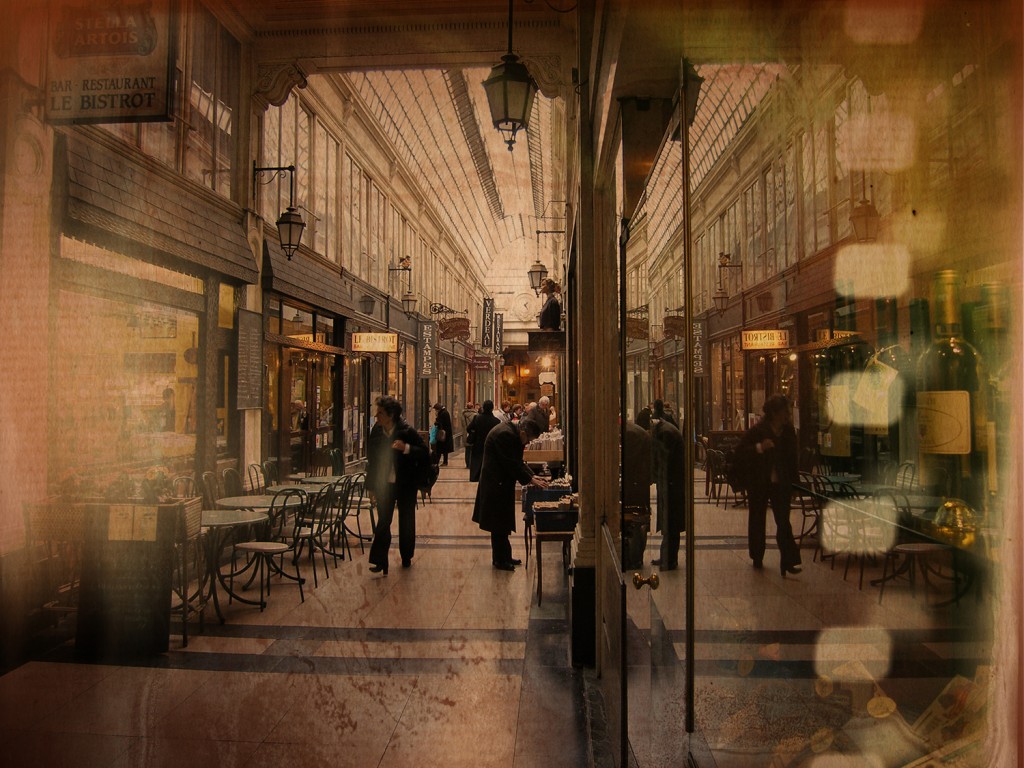|
Delft University of Technology and Beijing University of Technology at Beijing Design Week Exhibition 2 Design for the People 23rd September – 7th October 2015 The Shijia Hutong Museum Annex Within boosting big-scale Beijing, community-based spatial action gain exposure. Top-down development and market oriented real-estate is supplemented by communal initiatives. Participatory design is emerging. People ask themselves: How can we make our common courtyards and alleyways more attractive places to linger? Members of the Shijia Hutong Area are pioneering in initiatives inquired by design. Their recently opened museum is one of the many projects. At this place and together with their local partners, the universities of technology of Beijing and Delft present the exhibition ‘Design for the People’ to the public. It showcases a wide set of interrelated design issues inspired and supported by locals: Social investigation and among others the recording of hutong oral history show that improvements on their own living environment are free from any theoretical disciplinary restraint. Their suggestions to strengthen micro-economy derive from local entrepreneurship. Their appreciation for historic streets come from their own memory. Likewise, one will discover that the combat with the increase transport and tourism is foremost their own struggle. In this expo daily issues matter. These have inspired collaborating young designers to rethink issues on a local level. By visualising physical improvements and emphasising the added value for the people, now these designers aim to inspire locals vice versa. Therefore, local residents and visitors are invited to vote for their favoured future. |
代尔夫特理工大学与 北京工业大学在 北京国际设计周 第二展区 为人民设计 2015年9月23日至10月7日 史家胡同博物馆 在北京的大规模城市建设中,以社区为基础的空间规划行为逐渐显现出其重要性。社区层面的主动性成为了自上而下的规划建设与市场导向的房地产开发的补充。参与式设计越来越普遍。人们不禁会自问:如何将我们共用的院落或胡同变成更加宜人的场所?史家胡同所在的社区就是实践这一理念的先行者,而新近建成开放的史家胡同博物馆则是其中的一个典型案例。与当地的合作伙伴一道,北京工业大学和代尔夫特理工大学以“为人民设计”为题在这里向公众展示我们的工作成果,内容包括一系列与社区合作进行的、相互关联的设计项目。社会调查与胡同口述史的纪录展现了人们对于改善他们自身生活环境的需求和为之进行的努力,而这些并未为我们理论上所谓的学科差异所限。他们认同当地小商业对于微观经济的贡献;他们怀念记忆中的历史街巷;同样地,他们发觉不断增大的车流和过度的旅游开发是首要面对的挑战。日常生活是这次展览的重点,并将促使合作参与的年轻设计师们重新思考社区层面的议题。通过体现物质空间质量的改善及强调其对于社区居民的意义,设计师们也向居民们提供了新的思路。同时,社区居民和参观者也有机会投票选择他们中意的设计。 |
| Continue reading |
|
Tag Archives: people’s space
Interior Public Space
Mazes in the Network
Interior Public Space
On the Mazes in the Network of an Urbanist
For centuries – and increasingly often today – the term ‘public space’ has been a synonym for government-owned spaces, open for all, and known by everyone. According to me, this is a complete misnomer. The spaces that people actually use are forgotten. Subordinated and neglected, considered unimportant by many urban theorists; the thinking on public interiors as day-to-day public space is in a poor way. The theorists who do pay attention to public spaces almost always accord them a separate status, and describe them as ‘semi-public’ or ‘collective’ spaces, neither public nor private. I base my views on the influence that people themselves have on the public character of a space.
Interior public spaces are exemplary. They are certainly not have become a new phenomenon, as some contemporary researchers suppose. They have always played an important part in various social-spatial changes and have been crucial to cities and their culture. I have studied the development of Graeco-Roman thinking on public space up to present day, and measured it against architectural and urban design practice. My research is based not just on theoretical premises or on political aims. It is based on the many designs in practice, which have been realised in various Indo-European cities, in the Turkish and Arabian countries in their periphery and in the Japanese capital, during and after the period of ‘westernisation’. My thesis can therefore also be seen as the scientific journey of a designer, close to day-to-day practice.
I believe that everyone makes a space, not just a designer. This involves a redirection of our thinking: Until theorists come to respect all public spaces and understand the complex network of people, they will lose their way in their self-made mazes.
see:
Harteveld, Maurice (2014) Interior Public Space, On the Mazes in the Network of an Urbanist, A Scientific Journey of a Designer, Following the Evolution of Greco-Roman Thoughts, Through Some Remarkable Indo-European Cities, Including those in The Americas, Crossing the Turkic and Arabic Spheres in their Proximity, and Abridging to the Japanese Capital as Introductory Exemplar, to Reconstruct Today’s Reasoning on Public Interiors by Means of Defining Types, Interrelating People and Actions, Describing Socio-Spatial Transformations, and Comprehending Cultural Meaning, In Nine Books; Delft: Delft University of Technology, Faculty Architecture, Urbanism and Building Sciences

